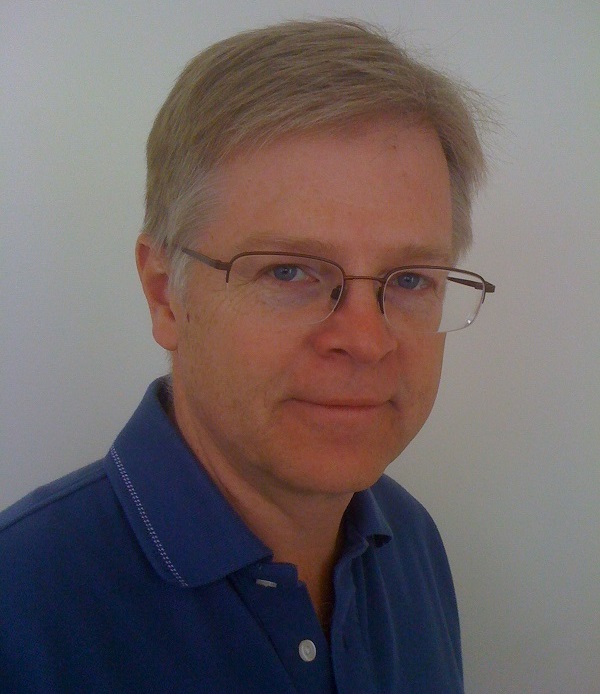Articles
Seeing the Big Picture: Key for Finance Professionals
- By Nilly Essaides
- Published: 2/18/2016

Geiler should know. As the senior finance manager at a $60 billion healthcare organization, Peter Geiler and his team of 18 financial planning and analysis (FP&A) professionals are charged with creating consolidated results, forecasting and budgeting. With multiple consumers of financial and operational information at various levels of the organization, Geiler’s team needs to constantly be focused on the big picture.
Geiler, a member of AFP’s new FP&A Advisory Council, started his career at a large technology company. But it was his experience working for small startups that gave him a broad view of how the FP&A function fits within the organizational strategy. He took this lesson and applied it at large employers as well.
Keeping that big picture in mind and working with people are Geiler’s two favorite parts of the job. He enjoys mentoring new talent and watching his staff develop. In fact, Geiler was a member of the large team of professionals who worked
with AFP to develop the FP&A Certification exam.
Ironically, Geiler also sees people as his biggest leadership challenge. “My challenge is dealing with superiors who are new and getting them trained and up to speed,” he said. “Typically, the people who come in mid and entry-level have an FP&A background and understand what the function is about.” In contrast, when business leaders move into senior operational positions, they’re often not educated about how finance works. “You need to get them to trust you and learn how to improve the business,” he explained.
Over his time in the profession, Geiler has seen it evolve from a data management and reporting function to a decision-support function. “In the past, FP&A was focused on producing reports and assembling budgets,” he said. “We still do that today, while our business clients now want us to provide strategic and tactical insights. Our job is to take forecasting and budgets and convert them into intelligence.”
Today, the idea is not to look at what happened in the past, but what is likely to happen in the future. “FP&A is also a go-between or an intermediary that helps translate finance into business, marketing and production language,” Geiler said. “You have to have a working understanding of both worlds to communicate across the organization.”
Copyright © 2024 Association for Financial Professionals, Inc.
All rights reserved.

